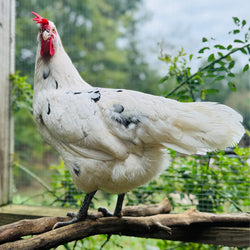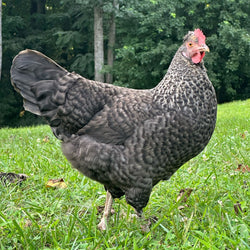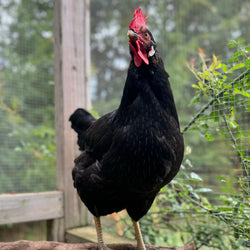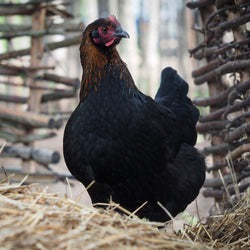page=49/--
Frequently Asked Questions
Here we answer the most commonly-asked questions about ordering, chicken care, and more.
Why is my chick growing her feathers in so slowly?
Sometimes you'll get a brood of chicks and notice that while many have grown in most of their feathers by eight weeks or so, one or two are slow feathering and seem delayed. It can be concerning, especially for first-time chicken moms and dads! It's usually nothing to be concerned about. Genetically, some breeds feather out more slowly than others. Breeds/crosses used for meat in particular tend to have slow-growing feathers, along with Brahmas, Cochins, Cornish, Rocks, and Orpingtons. In addition, breeds or crosses designed to be feather-sexed often have slow-feathering, so you may see it in sex-links like black...
Read MoreHow do I train my chickens to drink from nipples?
Many chicken keepers prefer nipple drinkers over conventional style drinkers for reasons of convenience and cleanliness. Nipple waterers involve so much less cleaning and are so much easier to refill, that they're quickly becoming the watering method of choice for backyarders. Nipple watering systems mean no more (daily? weekly?) cleaning a gunky mess of dirt, poo, and soiled wood shavings out of your watering trays! Whether you're starting baby chicks on nipples from day one, or whether you want to get your grown flock on nipples, there are a few important training considerations. Step one: Make sure you've got enough...
Read MoreChicken illnesses with neurological symptoms (overview)
When your chicken is showing neurological symptoms, there are a number of chicken illnesses that could be causing the problem. We know how worrisome it can be when a pet chicken is sick! Here's a quick overview of the most common chicken illnesses that cause neurological symptoms, including symptoms that may be mistaken for neurological. Please click on the links for more details about each illness. Chicken illnesses with neurological symptoms Avian Encephalomyelitis - Symptoms of this chicken illness loss of coordination, inability to stand, head shaking and other neurological issues Botulism - Symptoms of this chicken illness can include...
Read MoreWhy your chickens are not laying eggs (overview)
There are a number of possible reasons your chickens are not laying eggs. Let's look at a brief overview of reasons to give you some ideas, and you can click on each possibility for more details and a more in-depth discussion. Reasons your chickens are not laying Your hens may not be laying because they are too young. Your hens may not be laying because they are very old. Your hens may not be laying because it's wintertime. Your hens may not be laying because they're molting feathers. Your hens may not be laying because they're broody. Your hens may...
Read MoreHow do I find a veterinarian for my chicken or duck?
It's always a good idea to seek out an avian or farm veterinarian BEFORE you get chickens, so you'll know where to turn in case of any emergency or health crisis. Rather than calling every vet clinic around, we recommend you go straight to the source: the Association of Avian Veterinarians website. Here you can enter your location and you will be shown a list of avian vets in your area. If there are no avian or farm veterinarians near you, or they're not taking new clients, we're happy to recommend our friends at VetTriage. They're trained, licensed veterinarians who...
Read MoreHow many eggs do chickens lay per year?
Exactly 157. (Just kidding!) Actually, how many eggs a chicken lays a year depends on a lot of things, but especially on the breed of your chicken and her age. For instance, young Leghorns may lay 300 eggs per year. Young Cochins may lay only 100 or so. Sumatras may lay 50 or fewer. By breed, you can see a general idea of how many eggs chickens may lay per week here on My Pet Chicken's chicken breed list. But keep in mind that as the birds get older, they will lay fewer eggs. And some breeds are not great...
Read MoreCould my baby chicks really drown in their waterer or water dish?
It seems like a strange question... but the answer is YES. Baby chicks can actually drown in a waterer, particularly if it is larger and designed for adult chickens, and particularly if the chick is very young and hasn't developed good coordination, yet, or if the chick is ill or weak. What happens is that a chick can jump into the water trough to drink, and then find the sides too high or slippery to get out. And even if the chick has not jumped into the waterer, baby chicks---like other babies---can sometimes just fall asleep where they stand. If...
Read MoreWhat is good chicken coop flooring?
Good flooring. You might hear that term a lot when you're getting set up for baby chicks or chickens: get good chicken coop flooring! And "Of course!" you think. "I want to use good flooring for my flock of chickens." But what exactly does that entail? Essentially, chickens need solid flooring with some traction, ideally with access to the ground so they can forage. What flooring NOT to use Wire coop flooring is bad for a few reasons. It can seem attractive, because it lets droppings pass right through. But adult birds are relatively heavy, and wire is hard on...
Read More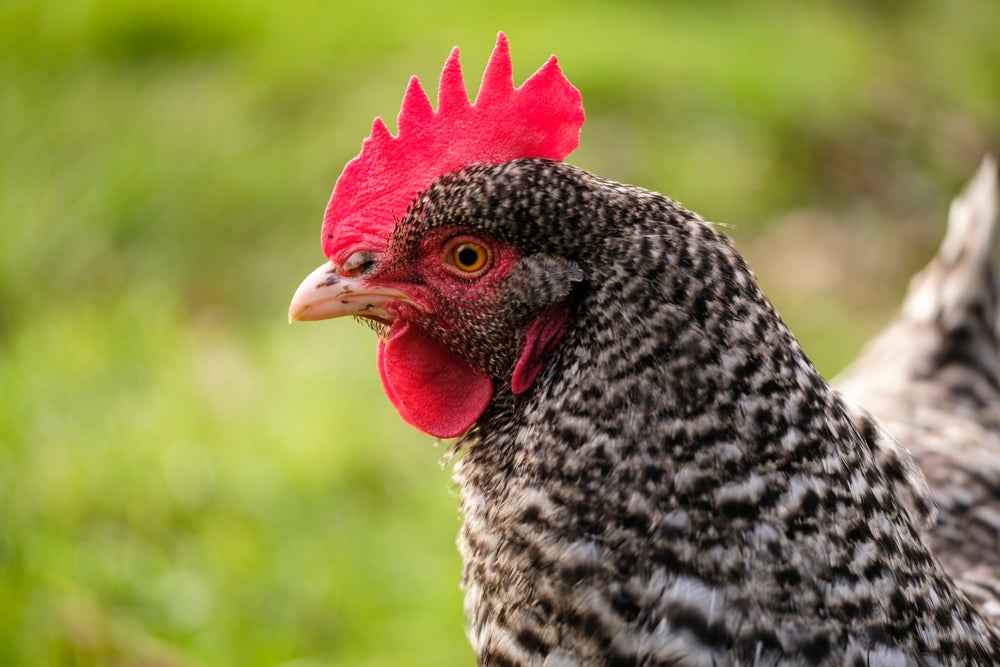
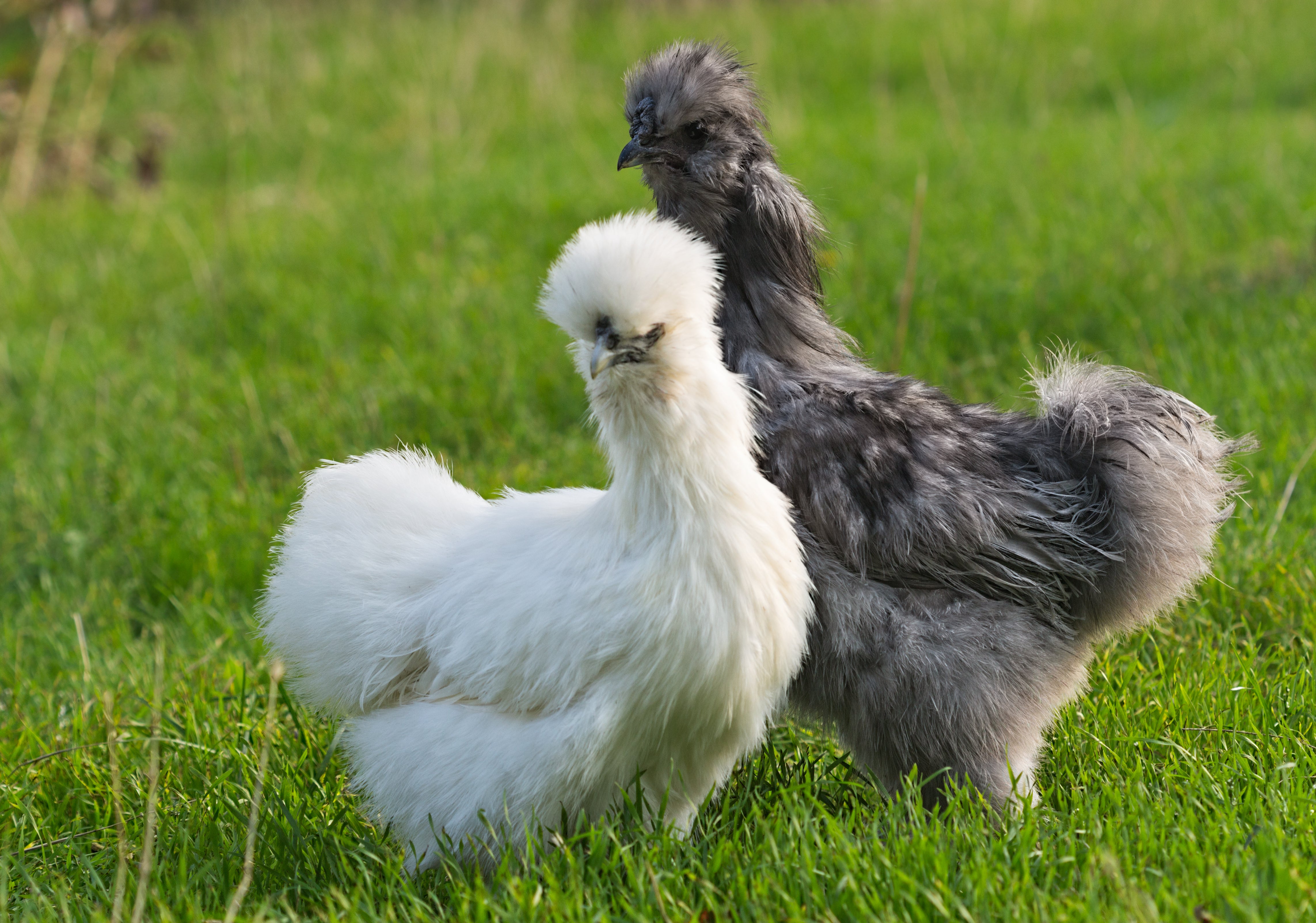
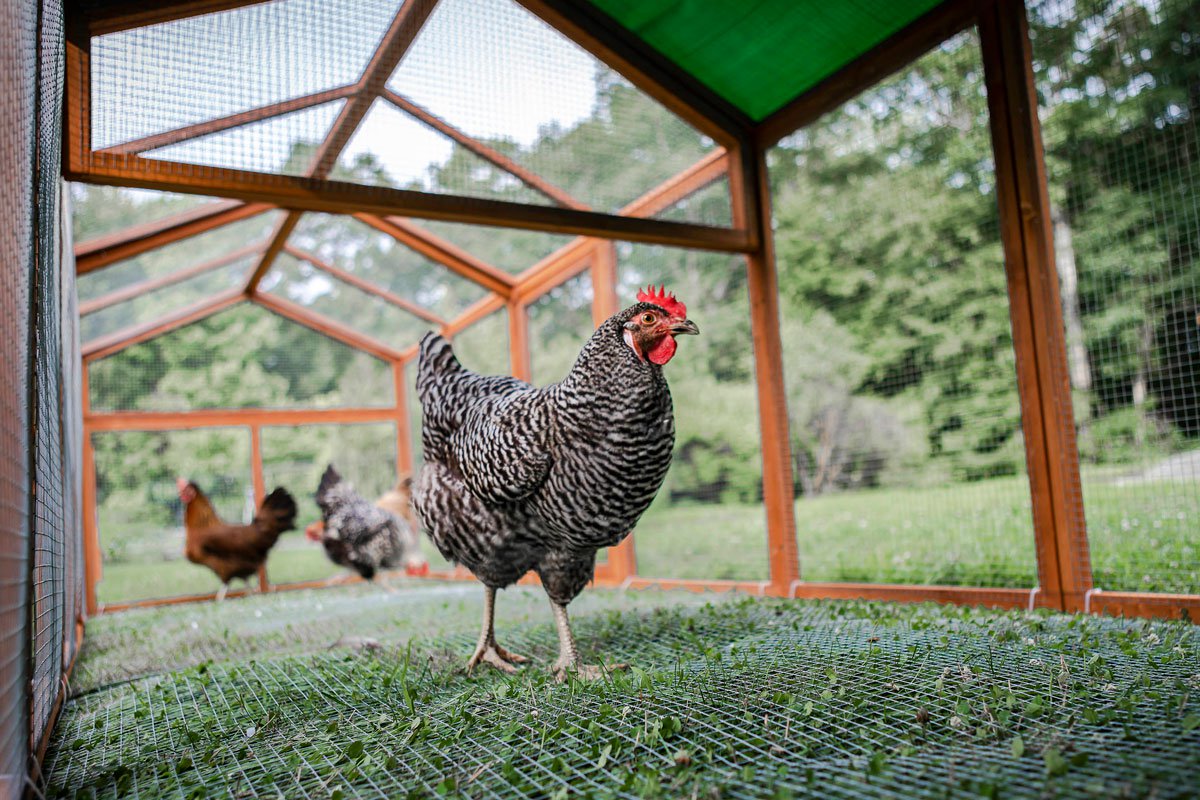
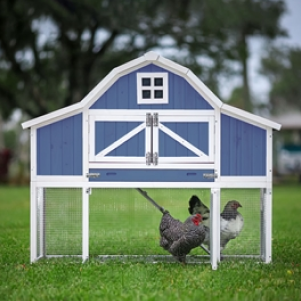
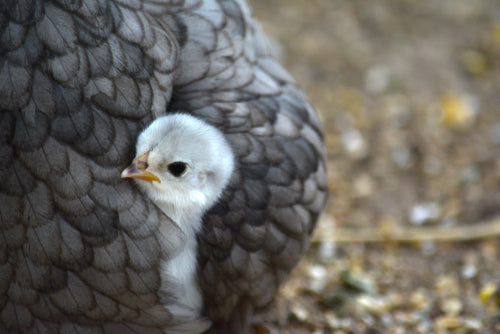
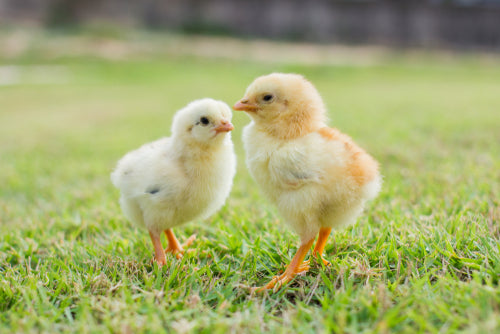
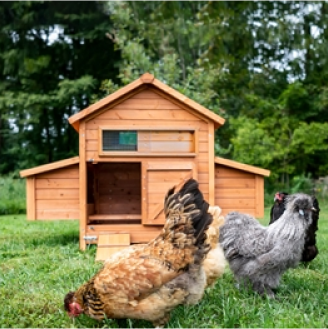

"The Clubhouse" Coop
Easy to assemble and built to last, the Clubhouse Coop is the perfect starter coop for a small flock.
